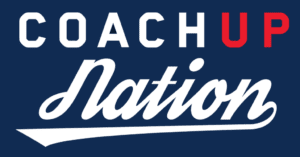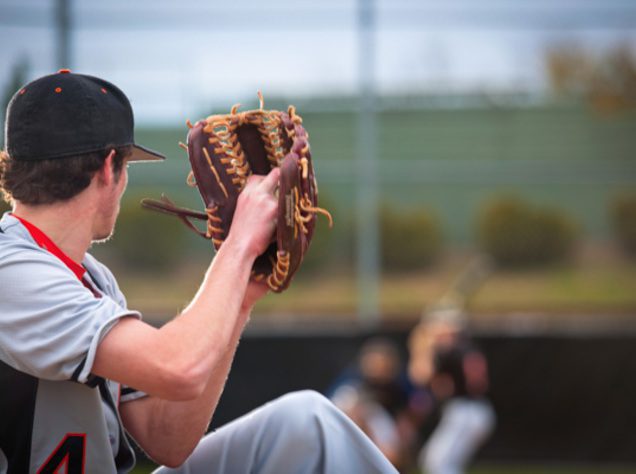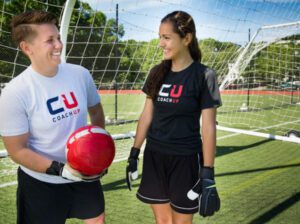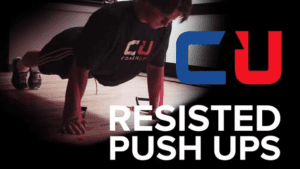Warming Up, Daily Routines, and Getting on Top of the Ball for Pitchers
If you’re looking for more success on the mound, any serious pitcher should do their best to get into a positive and reliable routine. And, if you haven’t realized it yet, nothing in baseball happens by chance. Mentally, before you even throw a pitch, a player must be willing to concede that they won’t be perfect each time out. Once the ball leaves your hand, it is out of your control and the onus is now on the batter and your fielders to make something happen.
Getting On Top Of The Ball
Each mistake is an opportunity to learn and progress as a ball player, so being particularly difficult on yourself after a missed pitch or homerun will only negatively effect you in the long run. Ultimately, making incremental goals with definable results ensures that training and practice can be evaluated objectively. In this article, we’ll take a look at a common problem for pitchers and an important strategy for fixing them: getting on top of the ball.
Now, you might be asking, what does getting on top mean? Simply put, getting on top means that athlete has done their best to keep their fingers on top of the ball with the thumb supporting it directly underneath. This is one of the foundational aspects to correctly utilize leverage and the height advantage the mound offers, but it’s often an easy and common mistake others make. Pitchers typically fail to get on top of the ball as a result of fatigue or poor muscle memory. However, be advised, this can be fixed!
Properly Warming Up
Before throwing, be sure to warm-up properly through a dynamic warmup. In almost every sport, but particularly in baseball, athletes don’t take enough time to prepare their body for hard work. If you get on the mound without preparing correctly, you’re putting yourself at harm physically, but you’re also putting your team’s success at risk too. In order to streamline these processes, consider a simple routine like this:
- Skips (forward, backward, lateral)
- Shuffles (right and left)
- High Knees (forward, backward, lateral)
- Cariocas
- Step overs (forward, backward, lateral)
After getting the legs warm, move to the mid-section with trunk rotations. Lastly, and most importantly, warm up the arms and shoulders with the following circles and tubing exercises:
- Internal rotation
- External rotation
- Forward fly
- Reverse fly *
- Triceps extension
- Throwing motion
- Reverse throwing motion
Huddle Up
Progressing from head to toe ensures that the body is warm and injury risk is minimized. As the ball players begin to throw, have them extend distances to just beyond their current threshold. However, once you reach this point, have the athlete decrease the distance while maintaining a solid, crisp throw on the line. This works because as the distance decreases, it becomes more important to stay on top of the baseball. Failure to do so will result in the player delivering throws too high, which will be particularly easy to diagnose and fix. High throws mean that the ball is being pushed and the throwing hand is not staying behind and on top of the ball.
If you hadn’t noticed yet, what I just described is long toss! This is a phenomenal way to teach the throwing athlete to get on top of the baseball through practice, routine, and repetition all at once. Over time, you can even increase velocity as well. So, ultimately, if you’re looking to improve on skills you already have, you probably don’t need to learn a fancy, new pitch, or bulk up to throw faster — you just need to change your day-to-day routines and you’ll quickly see progress!
How useful was this post?
Click on a star to rate it!
Average rating 0 / 5. Vote count: 0
No votes so far! Be the first to rate this post.




